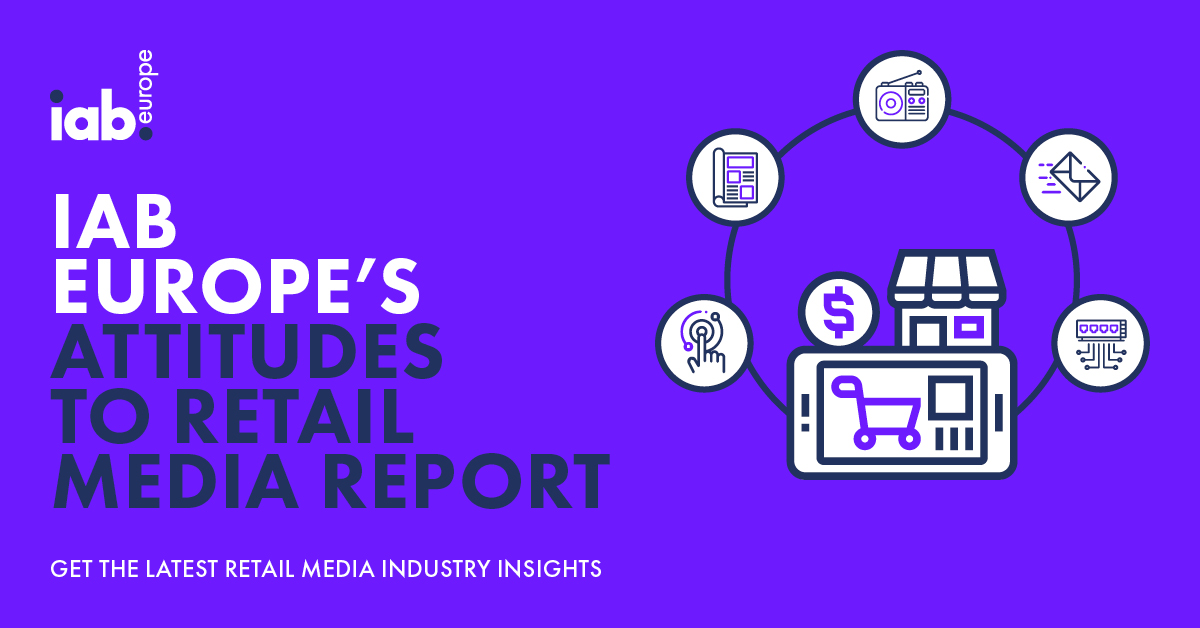UK online retail sales were up 15% year-on-year in February, according to the latest figures from the IMRG Capgemini e-Retail Sales Index, but its proving a tougher environment for mobile.
While on the surface this represents a strong month for online retail sales growth, there were some signs that sustaining this rate of growth throughout the whole year may be a challenge. One of the main drivers for online retail in recent years has been the growth of sales made through smartphone devices. For the past three months, however, the rate of growth through these devices has roughly halved year-on-year — in February 2016 it was +96% YoY, but in February 2017 it was just +57%.
Tablet growth remains low (+3.5%) and, with smartphones taking a greater share of sales through mobile devices, a sustained slowdown in sales growth through this channel will come to impact upon growth rates for online retail overall.
But let’s not forget that this is growth. Mobile’s vitality and increasingly central role in retail – both online and instore – remains strong. According to IMRG , this slowdown in growth through mobile devices (smartphones and tablets) is specific to online-only retailers. For multichannel retailers, which have both an online and in-store offering, growth in sales made on mobile devices was up slightly year-on-year, while the average basket value of online retail sales in general rose by nearly £20.
Bhavesh Unadkat, Principal Consultant in Retail Customer Engagement Design, Capgemini : “Although there are some warning signs for the retail industry — with sales made on smartphones falling month-on-month, for example — these are trends we’ve seen echoed in previous years. Traditionally January and February are slower months for purchases made on smartphones, and e-retail sales in general.”
Justin Opie, managing director, IMRG adds: “It’s encouraging to see the second month of seven-year highs for average basket values in a row. When it comes to smartphones though, the slowdown in sales growth does appear to be fairly dramatic. That said, rates of smartphone growth over the past two years have been very high, and that couldn’t continue indefinitely. The slowdown is specific to the online-only retailers — multichannel retailers are performing better than they have been through mobile, with greatly increased average basket values.
“So it remains positive, but perhaps with a cloud or two on the horizon. Smartphones have been the driver of mobile growth, and the slowdown could come to impact growth. And, of course, the ever-present uncertainty of Brexit looms large in 2017, with inflation rising and Article 50 being triggered imminently.”
But it may not be as bleak as it seems. According to Andy Burton, CEO of eCommerce solutions provider Tryzens, the devil is in the detail when it comes to mobile sales. The slow down in mobile sales growth is only applicable to pure play e-tailers. Multichannel retailers have seen a slight increase year-on-year.
“For multichannel retailers, which have both an online and in-store offering, growth in sales made on mobile devices was up slightly year-on-year. And in addition, for the second month running, the average basket value of online retail sales in general. For the month of February was at a seven-year high, rising nearly £20!”
“This is without doubt solid growth for online retail in February and one that builds year on year on an incredibly strong February 2016 position. Further, it absolutely endorses the research we conducted at the end of 2016 into consumer buying patterns and the rise of the mobile device.”
Tryzens recently published its latest consumer research, “Mobile First! Rethinking eCommerce for the always-on ‘Generation Consumer’”, which found that 75% of UK consumers now own a smartphone, and 61% own a tablet/iPad.
“This latest research from IMRG demonstrates clearly that as mobile device penetration continues, consumer buying patterns and behaviours are changing. Over half of all traffic to retail sites today is done on a handheld and that should come as no surprise when you consider that consumers now spend 60% more time on their smartphone than any other device! As a result browsing, buying and payment patterns are dramatically changing which is in turn leading to exponential increases in those apps that facilitate and speed up the checkout process,” adds Burton.








